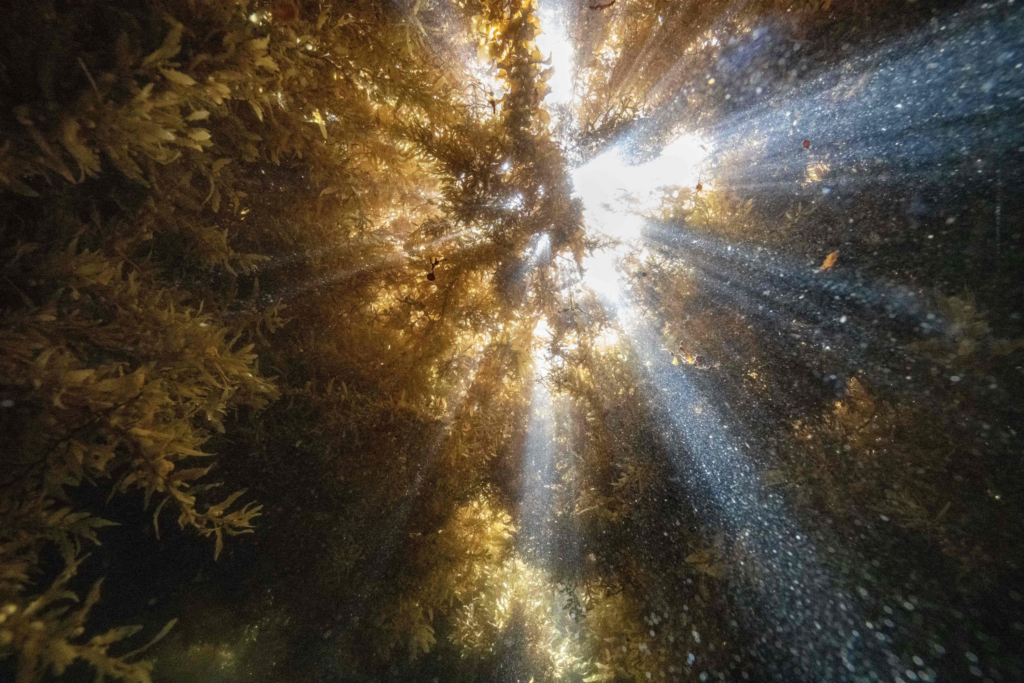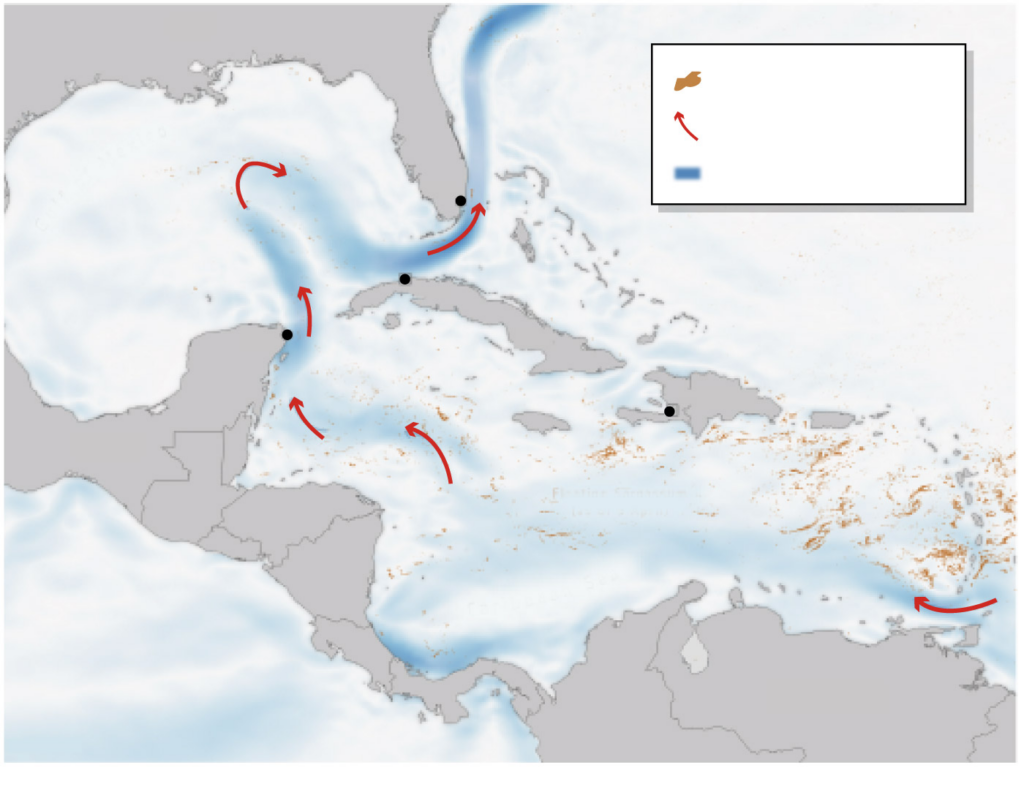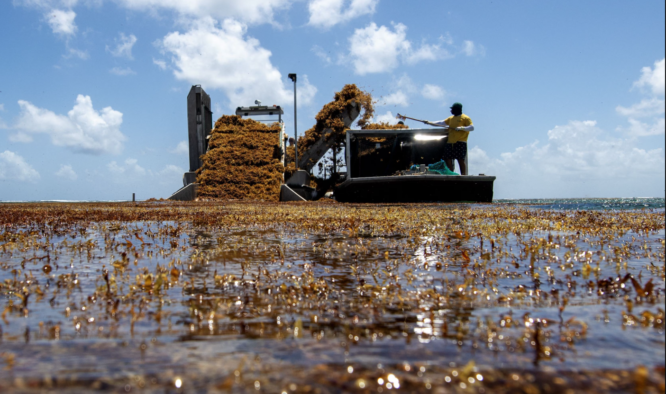The Great Atlantic Sargassum Belt is a seaweed-containing biomass that stretches from West Africa to the Gulf of Mexico. Images acquired by satellite in February demonstrated an earlier onset than usual for such a massive accumulation in the open ocean. The vegetation floats on the surface of the water and reproduces there.
The Sargasso Sea, an extensive region of the Atlantic Ocean located east of Florida and the Caribbean, is the source of sargassum. Four predominant ocean currents define its perimeter.
According to the U.S. National Oceanic and Atmospheric Administration, the tangled brown seaweed extends for miles across the ocean and serves as a breeding ground, food source, and habitat for fish, sea turtles, and marine animals.

The Great Atlantic Sargassum Belt supports species, although its biomass is unknown.
When sargassum accumulates on beaches, however, it rapidly decomposes under the hot sun, emitting gases that scent like rotten eggs. In the spring and summer, it has covered the beaches of certain Caribbean islands, such as the Dominican Republic, and the Yucatan Peninsula in Mexico.
When sargassum decomposes, it emits ammonia and hydrogen sulfide, which contribute to the odor of rotting eggs. According to scientists, brief exposure is not enough to cause illness, but prolonged exposure can be hazardous, particularly for those with respiratory issues.

While it appears that 2023 will be a significant year for seaweed, it has been worse. Scientists estimate that there are over 10 million metric tons of sargassum in the belt this year, which is slightly less than the record-breaking year of 2018.
Scientists are uncertain as to the precise cause of sargassum, in part due to the fact that it was not extensively monitored until 2011.
Experts believe agricultural effluent flowing into the Amazon and Orinoco rivers, and ultimately the ocean, may be responsible for the increased growth. Increasing seaweed growth is presumably facilitated by the warming of the water.

